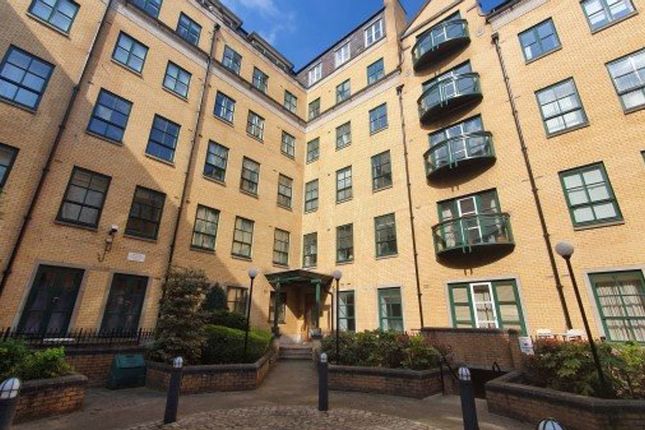Average private rents have falledn by over five per cent in Manchester in the last quarter of 2020 as some tenants swapped centres for suburbs amid the current pandemic according to the property website Rightmove.
Inner London has been hardest hit with average asking rents falling annually by 12.4%, followed by Edinburgh city centre down 10% and then Manchester.
The pandemic has led to falling asking rents and a flood of properties coming into the market in a number of the UK’s biggest city centres, as some tenants rethink where they want to live, according to Rightmove’s quarterly rental trends tracker out today.
The study, which looked specifically at the centres of 10 of the biggest cities around the UK, highlights the challenges some city centre landlords with properties available for rent are currently facing.
In all of the cities there has been a shift upwards in the number of tenants who currently live in a city enquiring about properties outside of that city, as the popularity of a quieter life and more space driven by lockdown continues.
More tenants seeking the suburbs as well as some short-lets changing to long-lets has led to a significant increase in the number of properties available for rent in these city centres. In five of the cities stock is at least double what it was this time last year. This is very different to the national picture where available stock is down by 9% compared to this time last year.
There are some city centres where asking rents are still rising annually, including Bristol (+2%) and Liverpool (+2%), though both are below the national average of 3.7%.
The number of prospective tenants contacting agents nationally is currently up by 27% compared to January last year, and asking rents outside London are at a new record of £972 per calendar month, up by 3.7% annually. This is also the first time since we started recording this data back in 2011 that asking rents have increased in Q4 of a calendar year.
In the capital, the annual rate started to fall in the third quarter of 2020, and has fallen further, with asking rents now 6.4% lower than in Q4 2019, although this is driven by Inner London being down 12.4%, with Outer London flat at 0%. Overall in London, demand so far in January is still up by 8% compared to the same period last year.
Rightmove’s Director of Property Data Tim Bannister said: “The price premium that many tenants are usually willing to pay to have the vibrancy of a city centre on their doorstep has been tempered for now. This brings a challenge for some landlords but also an opportunity for tenants who may be able to make a longer term decision and move into a city centre now, perhaps on a two year tenancy agreement, at a more attractive rent than this time last year. There’s no doubt that higher rents will return once life goes back to some form of normality, but it will be the city centre properties with gardens and balconies that will be able to command the biggest premiums. Outside city centres it’s a very different picture, with agents reporting extremely busy markets and rising rents. Available stock is lower than the usual level we would see at this time of year, and demand is higher, leading to a much better outlook for those landlords in the suburbs and in smaller towns and villages.”







